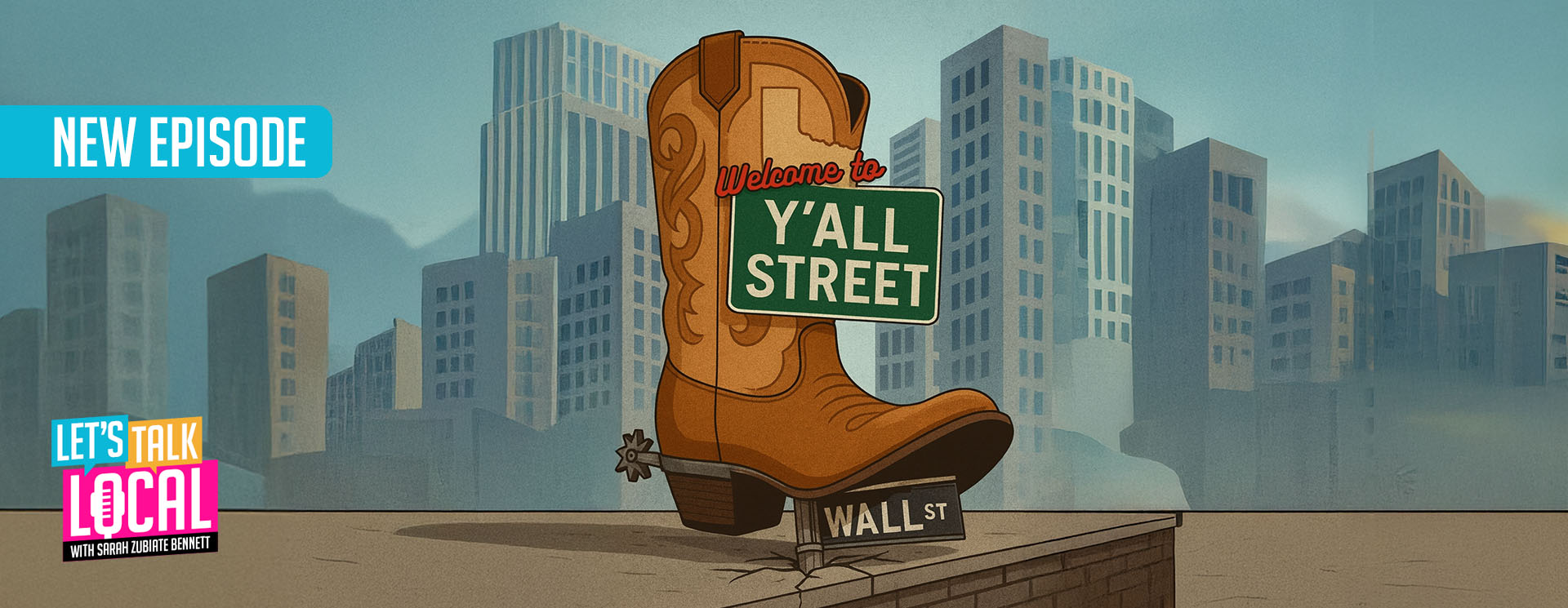The Dallas Office of Homeless Solutions spends about $12 million a year, yet the City’s vagrancy problem worsens, with numbers rising and the city trying to find ways to clean up accumulating debris.
Where is this money going, and is it being wasted?
One of the largest expenses within the Office of Homeless Solutions (OHS) is “emergency rental assistance for people with AIDS.”
As part of the Housing Opportunities for Persons with AIDS (HOPWA) program, the City spent $4.45 million during the 2021-22 fiscal year to “provide financial assistance and staff costs for emergency short-term rent/mortgage/utility assistance and long-term tenant-based rental assistance to persons with HIV/AIDS and their families who live in the Dallas eligible metropolitan area.”
This program is backed by the federal government, as the U.S. Department of Housing and Urban Development (HUD) administers grants to cities through the HOPWA program.
As part of HOPWA, the Office of Homeless Solutions also spent $2.64 million during FY21-22 on “facility-based housing,” which the City defines as “provid[ing] housing operation costs (including lease, maintenance, utilities, insurance, furnishings and master leasing) and support services at facilities that provide assistance to persons with HIV/AIDS and their families who live in the Dallas eligible metropolitan area.”
Facility-based housing funds are distributed to AIDS Services of Dallas, the Legacy Cares counseling center, and My Second Chance, Inc.
In addition, the HOPWA budget funds housing information services for people with AIDS ($150,000), housing placement ($97,400), and program administration ($238,000).
Other OHS expenses are funded by HUD’s Emergency Solutions Grant (ESG), including the Dallas R.E.A.L. Time Rapid Rehousing initiative ($238,782), which “provide[s] rapid re-housing services to persons who are homeless, including housing relocation and stabilization services, financial assistance, and rental assistance to move persons who are homeless quickly to permanent housing.”
The remaining funds from this grant go to subsidizing the operational costs of shelters and transitional housing facilities ($538,680), funding “direct services designed to meet the immediate needs” of the homeless ($177,682), and ESG administration ($89,000).
ESG funds are distributed to various nonprofits through a “competitive solicitation process.” In addition, the OHS spent $361,952 on administration costs for other programs.
In September, the Dallas City Council unanimously approved a $4.8 billion city budget for FY22-23 that increases OHS funding to over $14 million.
Of that funding, $645,000 will be spent on the new inter-departmental Homeless Action Response Team (HART), which the City says will respond to “immediate safety concerns around homeless encampments.”
Upon examining the OHS budget, it appears the City spends millions in rehousing and rental assistance, but offers no programs that help homeless and vagrant people find and maintain steady employment.
The Dallas Express contacted the City for clarification, but did not receive any information at the time of publication. What the Office of Homeless Solutions is doing is not working.
In San Antonio, the nonprofit Haven for Hope serves as a “one-stop shop” for those who are homeless.
In addition to providing food and shelter, Haven for Hope seeks to set people up for long-term success.
Steve Dane, director of the income and skills development department, told The Dallas Express that Haven for Hope teaches skills such as “teamwork, planning, [and] time management” and connects people who have been homeless to resources such as “medical job trainings or industrial job trainings to try to give people a career rather than just a job.”
Dane’s department helps people who have been living on the street learn how to write a resume, apply for a job, and interview for that job.
“What we’re really trying to do is get to the root cause, and a lot of that is lack of knowledge,” he said. “What we’re really looking to do is make sure that someone has the tools [for long-term success].”
Director of Communications Teri Behling told The Dallas Express that Haven for Hope has “a lot of success” with this approach.
“We have a lot of clients that are in those jobs [and] have learned they can shoot higher, and they have those skills to continue on,” she said. “Overall, almost 90% don’t return to the homeless system.”
When asked how many people obtain housing when they leave Haven for Hope, Behling said, “About 90% are still in that home a year later.”
“We will work with people [and] move them into the community,” Behling continued. “But the idea is to set them up with strong community resources so they can continue, whether it’s job searching or further training.”
The Dallas Express will continue to report on the spending and operations of the Dallas city government, including the Office of Homeless Solutions.


